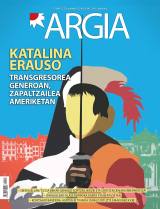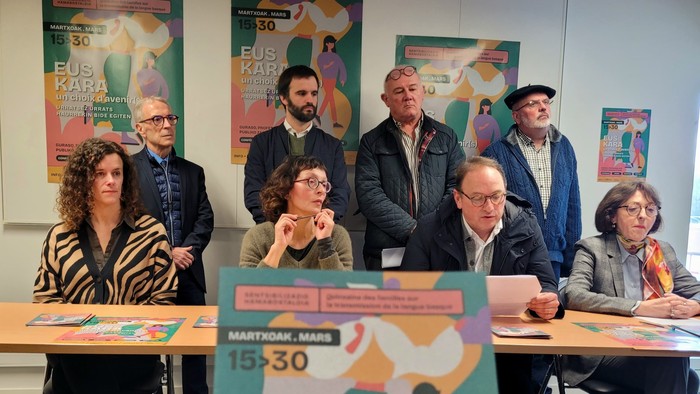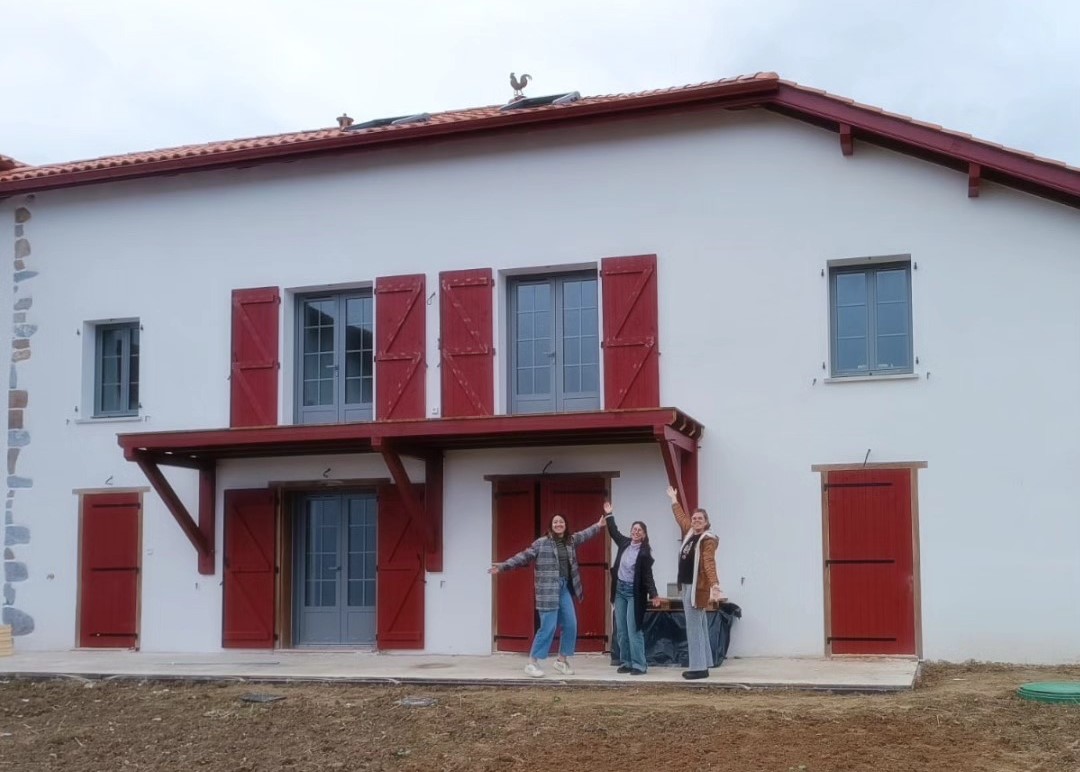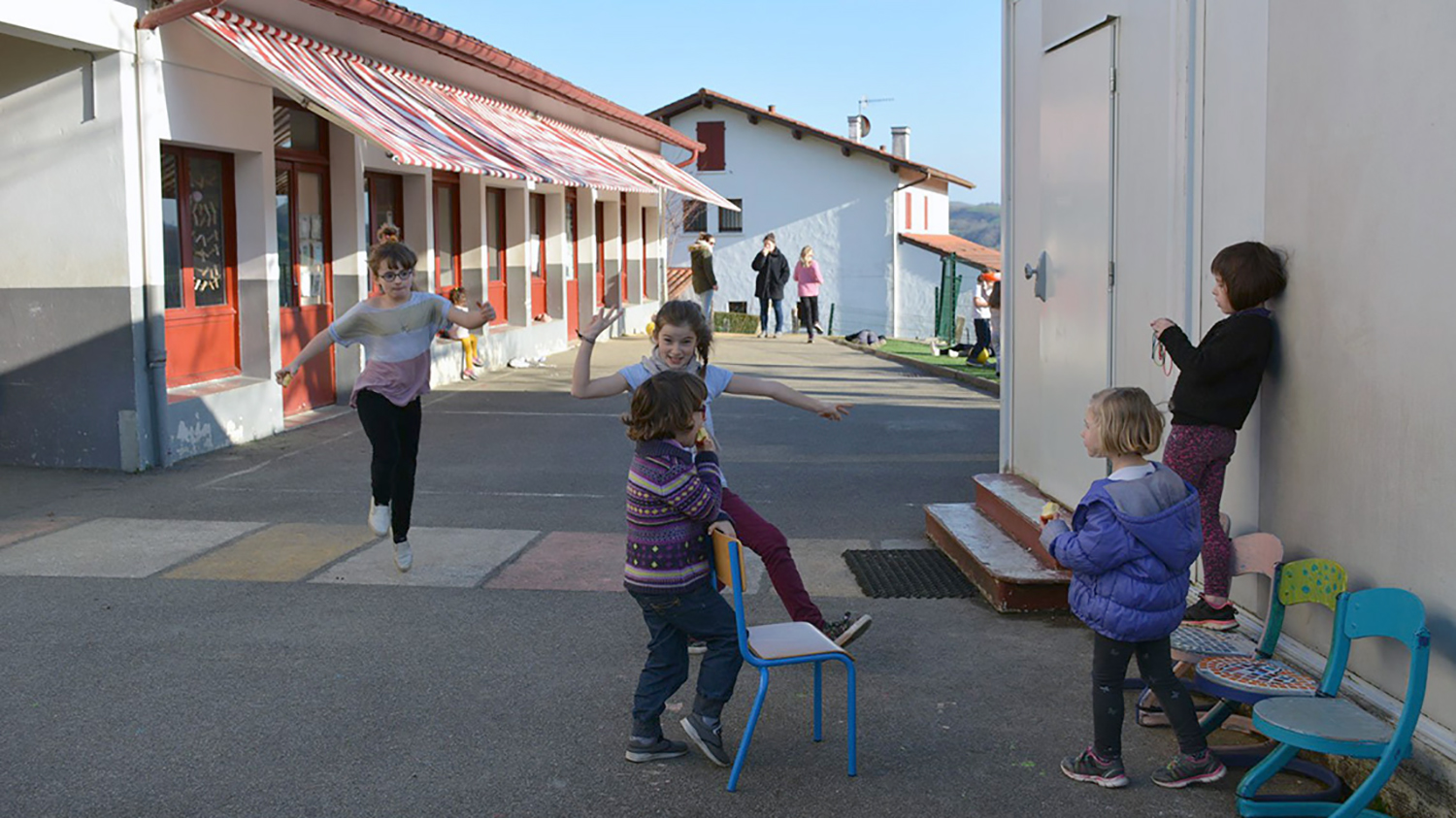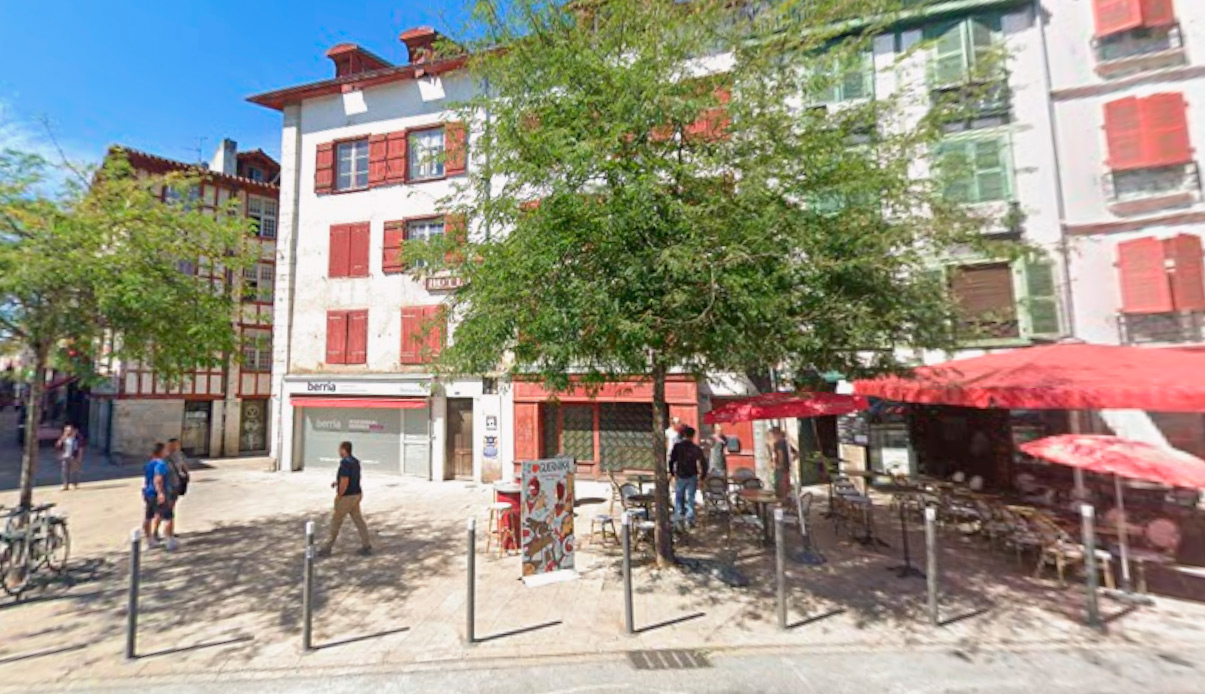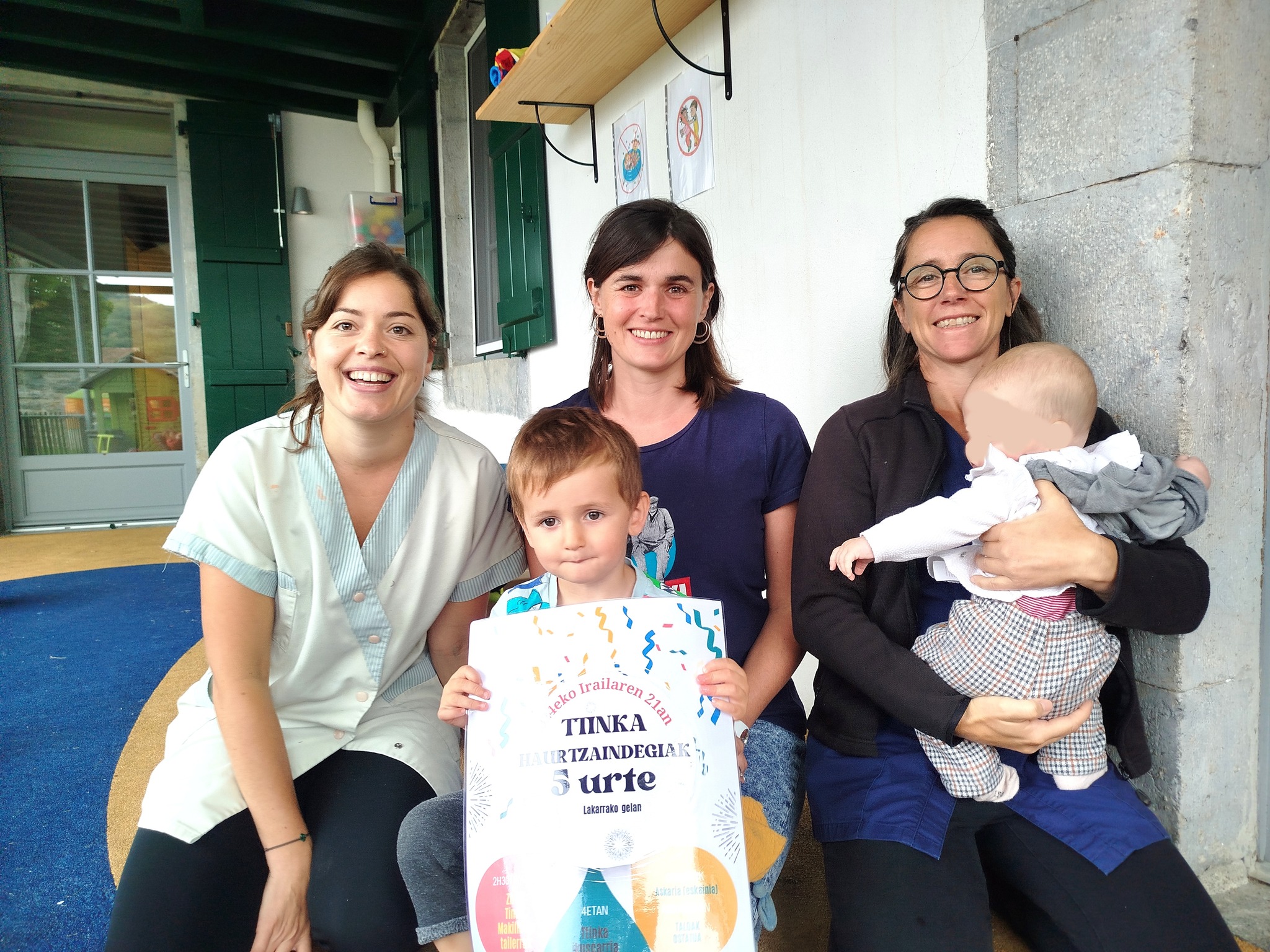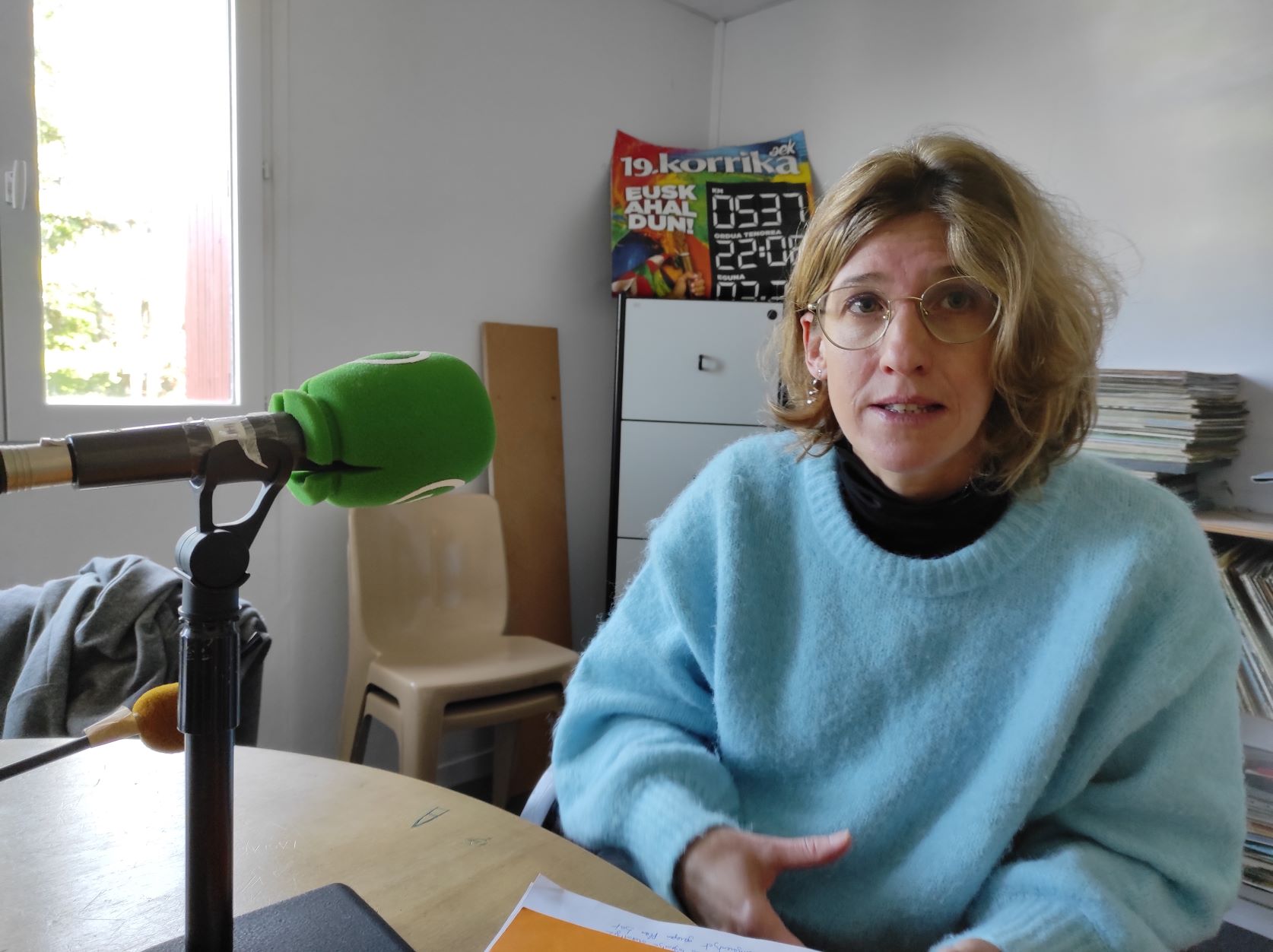50 letters that did not reach the destination
- On April 4, 1757, Le Dauphin sailed from Baiona to Louisbourg, Canada. The war between France and England and, on the fourth day, in the great sea, Le Dauphin is at the mercy of four English vessels. The vessel has been transferred to Portsmouth together with the crew, who have been detained. They have been confiscated of all the property they owned. Among them, 50 letters written in Basque: In the Lapurdum publication, you've seen the light.
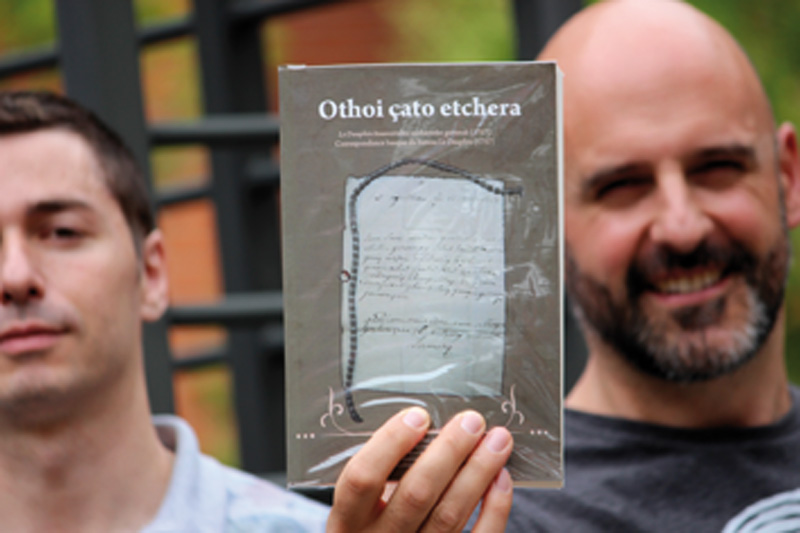
In 2001, historian Xabier Lamikiz, a professor at the University of the Basque Country, was in London with his doctoral thesis. It was about the relationship between the merchants of a time. This was when I was reading the documents of enemy ships captured by English ships in the 18th century in the national archive of the English capital. These documents were organized according to the wars, catalogued as whatever the name of the boat and the name of the captain, and stored in boxes.
There it was a great correspondence, from which Lamikiz selected and catalogued those who were most interested in the thesis work. In 2003, while working in this workshop, he found a large collection of letters written in Basque. “I found it strange to find so many letters. However, it was not the subject of my thesis and, therefore, I retained the reference of the corresponding file and continued my work. In 2006, after completing the thesis, I informed the director of the center Iker Rikardo Etxepare of the finding. This correspondence was of great value to him. “We didn’t know it existed!” he told me. Copies of them appeared soon in the eyes of Beñat Oihartzabal, Xarles Bidegain and Rikardo Etxepare. Once again it started: Linguists Xarles Bidegain and Manuel Padilla took photographs of Lamikiz's letters and joined the play, making transcripts and interpreting them. Lamikiz, for his part, wrote about the historical context.
The time of the boat Le Dauphin
The English looted up to 28,000 boats in the 18th century, after 50 years of war between England and France. Before the ship in their possession fell into the hands of the English, the captains of the French boats threw documents written into the water – in most cases – so that they did not fall into the hands of the enemy. As a result, despite the fact that some 28,000 vessels had been caught, only the documentation carried by some of them was saved. This is the case of the French vessel Le Dauphin, who gave himself up without opposing the attack by the British. Thus they have been preserved until today, despite the fact that the boxes of the file are in oblivion, 50 letters written in Euskera, a very unique fact, as it is not usual that a lot of documents are presented at the same time.
Lamikiz looks at the world showing the cards and says that in his writings a photograph of the society of then appears: "They lived in an unfortunate pre-industrial situation, in full misery. The middle classes did not exist yet, some lived well or very well, while most were in a precarious situation, without food and with debts. This picture is clearly in the envelopes. It is true that the one who has written these letters is literate, or half-literate, but what they count is pitiful: they are begging their relatives to return them, to have them here, to live as they can… ‘Please, Zato etxera’ is the motto that is repeated over and over again in the letters’”.
Certainly, the sailors of Le Dauphine, like the sailors of the other boats, were fishermen in peacetime in the pre-war era. But when war comes, nobody wants to fish. “When the war begins, the fishermen are willing to participate in the corso, to risk their lives, because they gain more, of course.”
Testimony of the Basque
As mentioned, Bidegain and Padilla, members of the Iker center, performed the transcriptions and analysis of the language they performed. However, it has been years since work has seen the light. No one has considered Le Dauphine’s card editing work as a specific project. And, on the other hand, there's the usual question: Are there any more cards? The Padilla himself tells us: “One question had to be asked: Is it a special discovery or the beginning of a major discovery? Those of Iker had to make a number of trips to London to examine the documents we kept in boxes. By then, Lamikiz had already used some writings that were collected on Spanish and French boats, but the French boats were thousands and we had to produce the documentation that was kept on them. A huge job again! We studied boxes and boxes in the London archive and found more letters – although not many more – most of them at the end of the 18th century.” So, yes, they were able to say that the case of Le Dauphiné is very special: the boat was heading towards the Basque community, the Canadian Louisbourg. The letters were therefore a reflection of the relationship between the two communities.
In addition to the things that the relatives of one part of the ocean sent the migrants to the other side, there was correspondence: they are signed, sent from a dozen towns of Lapurdi between February and April 1757. People used to take advantage of the news that a boat was sailing to send letters. “Writing one to another was a very common thing. ‘This year we’ve written you five times and we haven’t had an answer from you.’ We've read a lot of things like that. People were writing letters here and there. In this context of war, the loss of many cards, along with the boats, which have not been able to be recovered is anticipated. For example, in Le Dauphine there are 50 letters in Basque and 108 in French, all written in Lapurdi. That’s it: not all the cards are written in Basque, but a good part is.”
Most of the letters are written by people from the towns on the shore of the Lapurdi Sea, but there are also others that show that they have been written in some places inside. In one of them is Hendaia, in the other Azkaine, more deeply Sara.
According to linguist Padilla, the highlight is that these letters are written by simple people. “They are not large or families of clergy, small towns and sailors, almost always. Its language is the Basque, a very natural Basque. Obviously, the letter is a written genre, with concrete formulas, but, otherwise, the language that is read is very natural.” These writings, on the other hand, provide us with other contributions, as Padilla has informed us, and are linked to the history of languages. “When the history of Western languages has been made, printed texts have been the first and main source, that is, they have been placed in a literary canon. Who was writing them? Always or in most cases, the lords, the big school, the church. In recent years a new line has been opened, which has been internationally named History of Language from below, language history from below. In this line, these kinds of testimonies prevail, especially of partially literate people. There are also reasons for this, as its flow is closer to the spoken language and reflects more easily the true pronunciation. There is a certain equation: the more literate, the farther you write about speech and vice versa.”
Lapurteraz idatziak dira denak. Haietan erakusten denez, duela kasik hiru mende, Ipar Euskal Herriko herrietan, Hegokoetan ez bezala, herri xehea euskaraz idazteko gai zen. Oso modu naturalean idazten zuen, herritar gehienak elebakar izanagatik ere: elebakar alfabetatuak ziren, euskaraz besterik ez zekiten. Are gehiago, populazioaren zatirik handiena euskaldun elebakar horiek, zati batean euskaraz alfabetatuak, osatzen zuten Lapurdi. Bestela zen Hegoaldean: irakurtzen edo idazten zutenek gaztelaniaz egiten zuten; gaztelaniaz baino lehen, berriz, latinez.
Manu Padilla hizkuntzalariaren gogoeta: “Nazioartean, gutun egileak gizonezkoak dira neurri handienean. Le Dauphinek zeramatzan euskarazko eskutitzen egileak emakumeak dira, gehienbat. XVIII. mendean populazioaren zatirik handiena euskaldun elebakarra zen, eta alfabetatzen zenean, euskaraz alfabetatu ziren. Gure ustez, maila batetik gorako jendeari dagokionean aldiz, frantsesez alfabetatu ziren; hauek gizonezkoak ohi dira gehienbat. Le Dauphineko gutun-idazleak emakumeak izaki, haien ikuspegia ageri da idazkiotan. Esaterako, bildumako bi gutun luzeenak oso aipagarriak iruditzen zaizkigu [horietako bat goiko argazkian]. Bata amak alabari idatzia, noka. Neskato joana du alaba, inondik ere. Bestea zapatagile baten emaztearena da, biziki ongi idatzia, ia-ia lapurtera klasikoan; emakume irakurria da, zalantza bihirik gabe”.
Hizkuntzarako ere gurasoak haurrentzako eredu direla kontuan hartuta, euskararen erabilera eta irakaskuntzari buruz sentsibilizatzeko helburua duen hamabostaldia antolatu dute Hendaia, Urruña, Donibane Lohizune eta Ziburuko herriek. Martxoaren 15etik 30era guraso... [+]
Nafarroa Beherean, Aiherrako 'Beltzegitea' etxean kokatuko da Eguzkilore haurtzain-etxe berria. Euskara, natura eta motrizitate librea oinarri harturik, heldu den apirilean hasiko dira zerbitzua eskaintzen.
The problem of the afrancession of the names of the places of Euskal Herria is not only due to the lack of consideration of the language in the signaling panels, but also to the execution of a decision on the domiciliation that was taken a few years ago.
Ultimately, the... [+]
Larunbatean ospatu dituzte Ttinka mikro haurtzaindegiaren bost urteak Lakarran. Baxe Nafarroko euskara hutsezko egitura bakarra da, Euskararen Erakunde Publikoaren B ziurtagiriduna.
On May 17, five Euskaltzales of Ipar and Hego Euskal Herria performed an action coinciding with the call made by the students of the Bernat Etxepare lyceum to mobilize in favor of the Basque. On the wall of the Baiona Subprefecture, a message was sent to the authorities of the... [+]
“Geldi euskara zapaltzea” lema berriz hartu du Euskal Herrian Euskaraz taldeak larunbatean egin duen prentsaurrekoan. Maiatzaren 17an, esaldi hori Baionako suprefeturan tindatzeaz akusaturik, irailaren 10ean epaituko dute Gorka Roca Torre.
Ikasturte honetan, lehen mailako ehun eskola elebidunetan 5.700 ikaslek ikasiko dute. Bigarren mailan hamasei kolegio eta lau lizeotan 1.600 dira. Zailtasun nagusia aurten ere kolegioan euskararen eta frantsesaren arteko oren parekotasuna erdiestea da.
Start of the summer. EHZ festival hangover (atx, headache). You want to breathe after a charged course. Flush the head. Reconnect key elements. Take some time with family, see old friends again and rest (a little) in the daily struggle. Really? !...
As a family, walk to the... [+]
Ms. Judge of the Bayona Court of Justice dismisses:
In March, I was judged by some Euskaltzales in Baiona for taking part in some of the actions we have taken to denounce the unfair treatment suffered by the Basque authorities in the French state. At the beginning of the trial,... [+]









